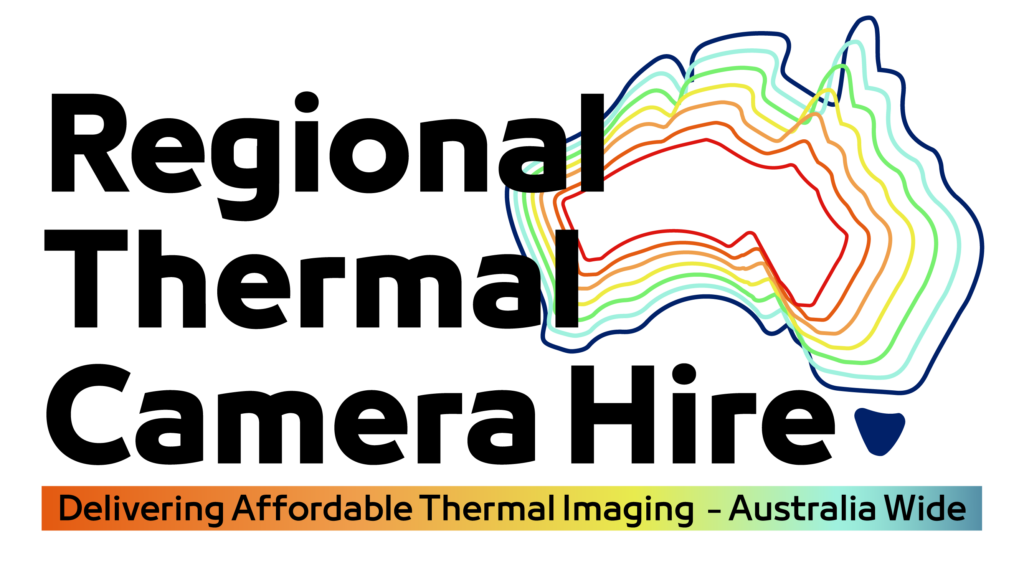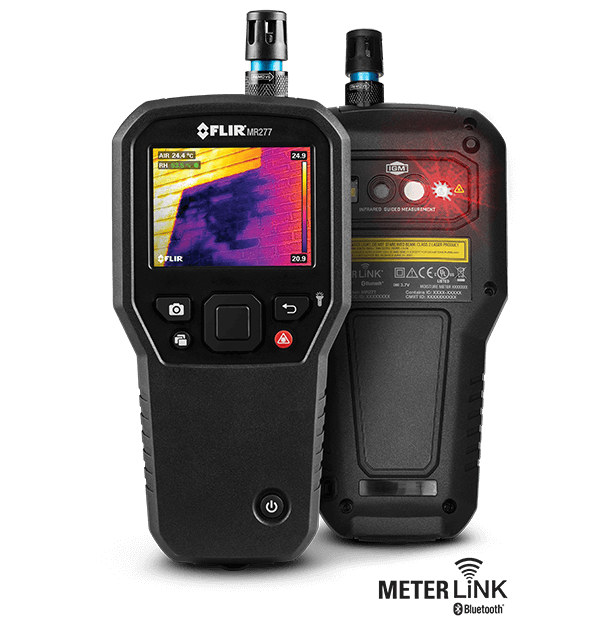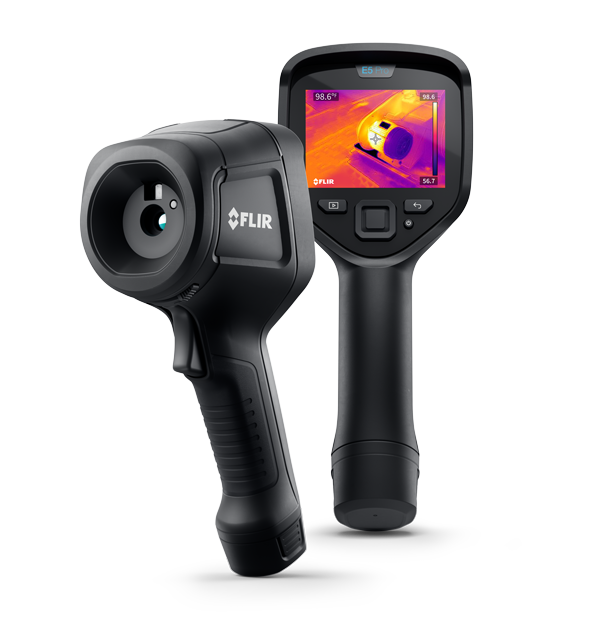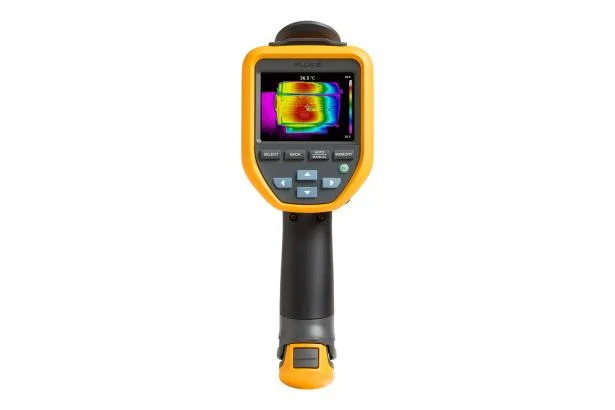The Infrared Guided Measurement (IGM) technology in the FLIR MR277 is an innovative feature designed to help users visually identify potential problem areas related to moisture, heat, and building issues. Flir systems combines traditional thermal imaging with specific moisture detection, making it easier and more efficient to locate and diagnose moisture problems in building structures, such as leaks, condensation, or water damage. Here’s a breakdown of what IGM is and how it works.
- How Infrared Guided Measurement (IGM) Works
At its core, IGM uses thermal imaging to detect surface temperature variations. It guides the user toward areas where there may be anomalies, such as moisture or air leaks, by highlighting differences in temperature that suggest potential issues. While thermal cameras can show you temperature differences on surfaces, the IGM feature in the MR277 does more than just visualize heat; it’s specifically designed to lead you to moisture-related problems.
Key Components of IGM Technology in the FLIR MR277:
- Thermal Imaging Camera: The flir systems camera MR277 uses a thermal imaging sensor with a resolution of 160 x 120 pixels to display heat patterns on surfaces, helping users identify potential issues like water intrusion, insulation gaps, or thermal bridges.
- Moisture Detection Integration: Unlike standard thermal cameras, the FLIR MR277 pairs its thermal imagery with built-in moisture detection capabilities. When a temperature anomaly is detected by the thermal camera, the user can immediately check the moisture level at that spot using the pinless or pin-type moisture probes integrated into the device.
- Visual and Thermal Clues: IGM helps guide the user to areas where further investigation is needed. For example, if the camera detects a cold spot on a ceiling that could be caused by a moisture leak, the IGM system guides the user toward that specific area to verify the presence of moisture with the built-in moisture meter.
- What Makes IGM Different from Standard Thermal Imaging
Standard thermal imaging cameras can detect temperature differences across surfaces, which is useful for identifying general problems like insulation gaps, overheating electrical components, or air leaks. However, IGM is specifically designed to guide users to moisture-related issues.
With IGM, you don’t just see a thermal image; the technology assists in determining whether those thermal anomalies are actually related to moisture. This integration of thermal and moisture detection is what makes IGM in the FLIR MR277 a targeted tool for building inspections, especially in environments where moisture is a concern.
- Why IGM is Useful in the FLIR MR277
IGM in this flir systems camera is particularly useful for building inspectors, restoration professionals, and HVAC technicians, as it streamlines the process of finding and verifying moisture problems. Here’s why:
- Fast Identification: IGM helps pinpoint problem areas quickly by highlighting thermal anomalies. This allows the user to focus on potential moisture issues ( for example thermal leak detection ) without needing to scan large areas repeatedly.
- Accurate Diagnosis: Once a thermal anomaly is detected, IGM allows the user to immediately confirm whether it is moisture-related by using the integrated moisture meter. This dual function saves time and eliminates the guesswork of interpreting thermal images.
- Non-Invasive Inspections: With IGM, you can find hidden moisture without the need for destructive testing (e.g., cutting into walls or ceilings). The pinless moisture sensor allows you to scan large areas for moisture without causing damage, while the pin probe provides more precise readings when necessary.
- Comprehensive Reporting: The combination of thermal imaging and moisture detection allows for more comprehensive documentation of issues. When compiling reports for clients or stakeholders, professionals can include both visual evidence of the problem (thermal images) and moisture readings, offering a complete picture of the building’s condition.
- Use Cases for IGM in the FLIR MR277
- Detecting Water Leaks
IGM is ideal for identifying leaks in roofs, walls, or ceilings. Thermal anomalies, such as cold spots, can indicate water infiltration. The IGM technology allows the user to quickly locate the source of the leak and verify the presence of moisture using the integrated moisture meter. Combining thermal water leak detection and moisture measurement provides an unprecedented solution!
- Identifying Mold Risk
Mold often forms in areas where moisture has been present for an extended period. IGM technology helps identify damp areas where mold growth is likely, even if the moisture isn’t immediately visible. This is especially important in areas like basements, bathrooms, and crawl spaces.
- Tracking Condensation Problems
IGM can be used to detect condensation issues by identifying temperature differences on walls and windows that are cooler than the surrounding environment, where condensation may occur. The moisture meter then confirms whether condensation is present or whether there is another underlying issue, such as an insulation gap.
- Verifying Dryness After Restoration
After water damage remediation, IGM can be used to ensure that materials such as drywall, flooring, and insulation have fully dried. The thermal camera will show if any cool, damp spots remain, and the moisture meter will verify whether those areas still contain moisture, preventing future mold growth.
- How to Use IGM on the FLIR MR277
Here’s a step-by-step guide to using IGM on the FLIR MR277:
Step 1: Turn on the Camera and Activate IGM
Turn on the FLIR MR277 and make sure the thermal imaging mode is activated. The IGM feature will automatically scan for temperature differences as you move around the inspection area.
Step 2: Scan for Thermal Anomalies
Slowly move the camera across the surface you’re inspecting (e.g., walls, ceilings, or floors). The thermal image on the screen will show heat patterns. Look for cold spots or other anomalies that could indicate moisture or insulation problems.
Step 3: Investigate the Anomaly
When the IGM system detects an anomaly, focus the camera on that specific area. Use the pinless moisture sensor to scan the surface for moisture without needing to puncture the material. If more precise readings are needed, switch to the pin probe to measure the exact moisture content in the material.
Step 4: Record and Document Findings
Once you’ve detected a potential moisture problem, save the thermal images and moisture readings for further analysis or reporting. The MR277 allows you to document your findings, providing a complete report that includes visual proof of thermal anomalies and moisture levels.
- Conclusion
The Infrared Guided Measurement (IGM) feature in the FLIR MR277 is a game-changer for building inspections, moisture detection, and restoration work. By combining thermal imaging with moisture detection, these flir thermal imaging cameras allows users to quickly locate potential issues and verify whether they are moisture-related, improving the accuracy and efficiency of inspections. Whether you’re dealing with water leaks, condensation, or mold risks, IGM ensures that you can diagnose problems non-invasively and take the necessary steps to address them. Our infrared camera hire service is well positioned to suit your unique project needs.



